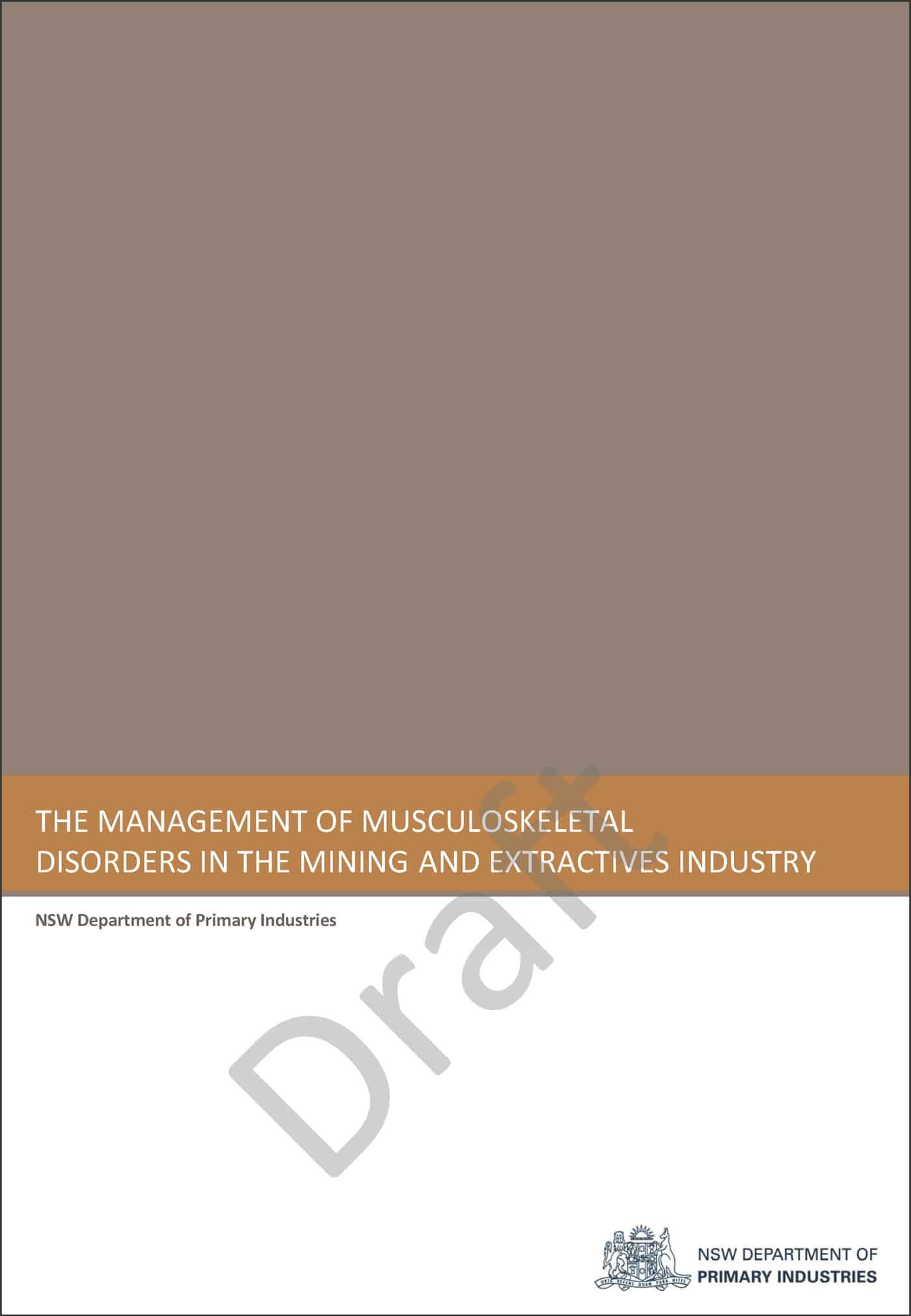AAP and The Australian newspaper today reported on the death of an 18-year-old in a factory located just north of SafetyAtWorkBlog’s office on 18 February 2009.
Initial reports say that the man was “dragged head first into a box-printing machine” when his clothing was caught. Firefighters took 45 minutes to extract the worker who died later in hospital.
It will be interesting to follow this case as the investigation and potential prosecution proceeds. It fits all the elements of safety campaigns over the last few years – young workers, inadequately guarded machines, risk assessments, risk controls, unnecessary deaths.
It is only a couple of months until International Workers’ Memorial Day when this worker’s name will be added to the annual roll-call of the dead.


